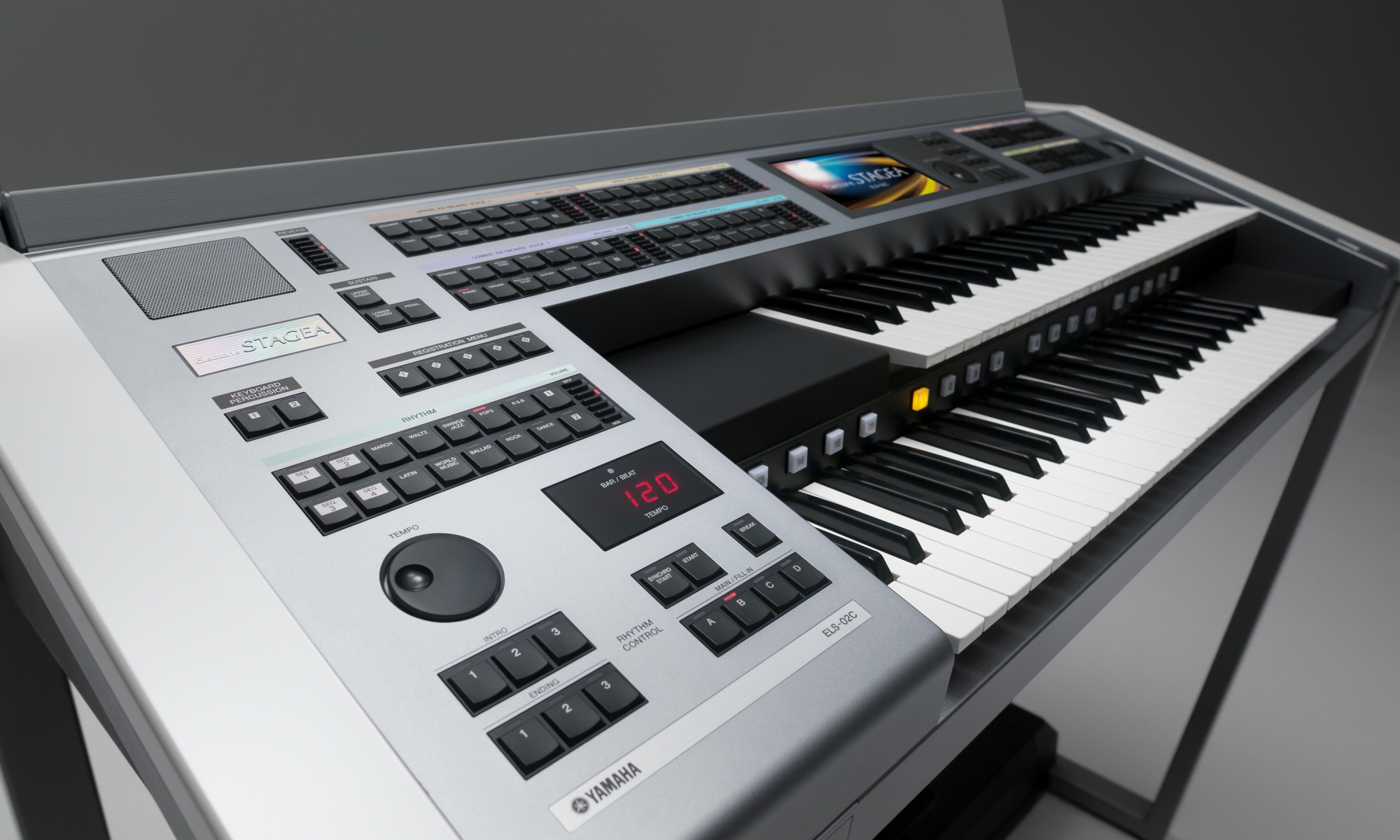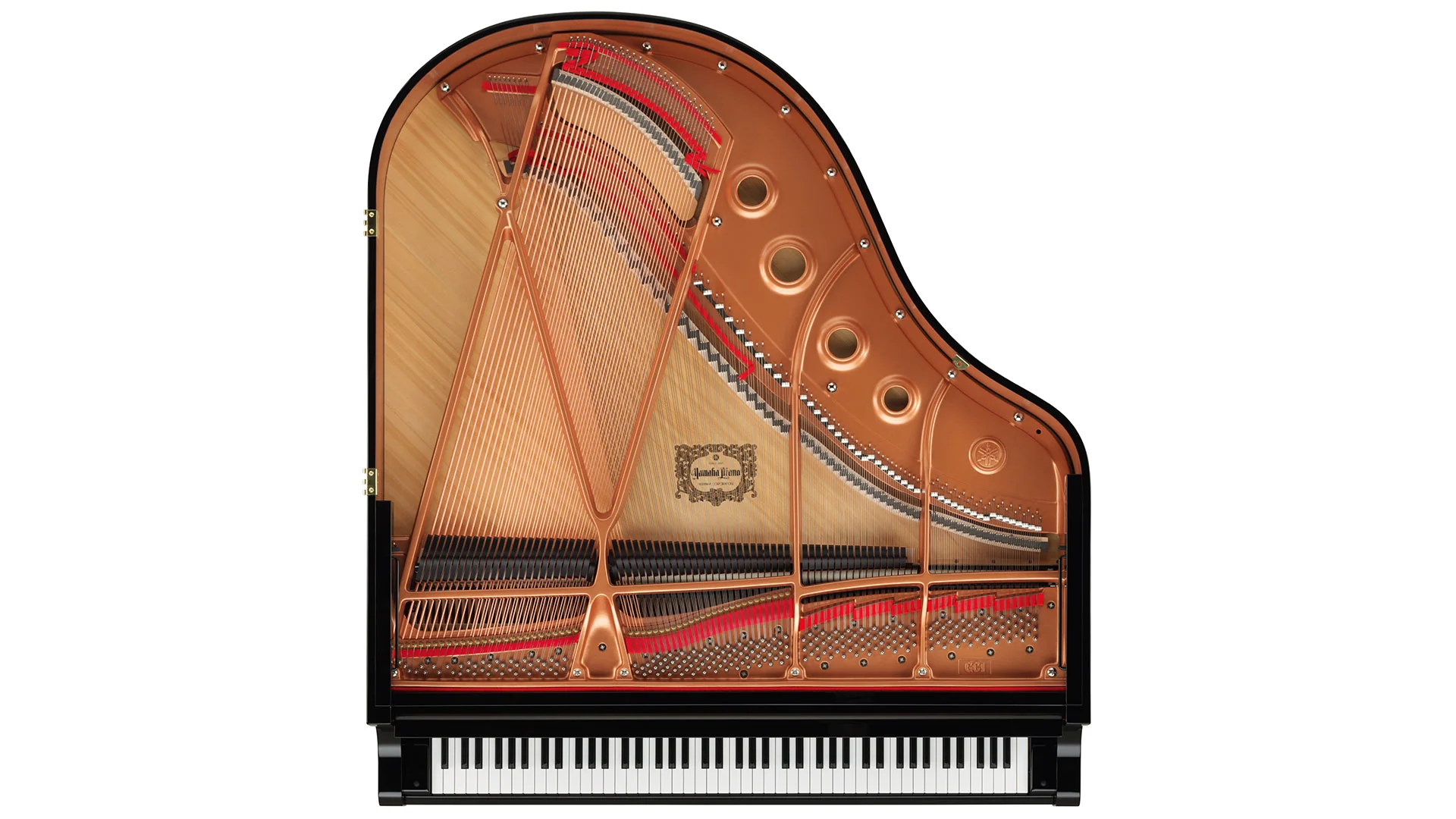When was the piano invented? The fascinating history and evolution of this beloved instrument will surprise you. As a musician myself, I’ve always been curious about the origins of the piano and how it has evolved over time. And as it turns out, there is much to learn about this iconic instrument!
In this article, we’ll dive into the rich history of the piano – from its humble beginnings in 18th century Italy to its modern form today. We’ll discuss key innovators and advancements that shaped its development, including important milestones such as when the first grand piano was built and how technology continues to revolutionize its sound. Whether you’re a music lover or simply interested in learning something new, join me on a journey through time as we discover when exactly the piano came into existence and how it has become an integral part of our musical culture.
So, when was piano invented?
The piano, as we know it today, was invented in 1709 by Italian harpsichord maker Bartolomeo Cristofori. However, the history of this beloved instrument dates back much further.
The earliest form of a keyboard instrument can be traced back to ancient Greece and Rome, where they had instruments called hydraulis and water organ that used air pressure to produce sound. In the Middle Ages and Renaissance period, various forms of stringed keyboard instruments were developed such as the clavicytherium and clavichord.
It wasn’t until the late 17th century that Cristofori created what he called a “gravicembalo col piano e forte” (harpsichord with soft and loud). This was essentially an early version of the modern-day piano with hammers striking strings instead of plucking them like a harpsichord.
Over time, improvements were made to the design and mechanism of pianos by other inventors such as Johann Zumpe in England who introduced upright pianos in the mid-18th century. The Industrial Revolution also played a significant role in mass-producing pianos which made them more accessible to people from different social classes.
In the 19th century, advancements in technology allowed for more complex mechanisms to be added to pianos including pedals for sustaining notes and increasing volume. Pianos became popular household items during this time with many composers creating masterpieces specifically for this instrument.
Today’s modern piano has undergone several changes since its invention but remains one of the most widely recognized musical instruments worldwide. Its versatility allows it to be used across various genres ranging from classical music to jazz and pop. The evolution of this instrument is a testament to its enduring appeal and timeless beauty.
The Invention of the Piano in the 18th Century
In the 18th century, a significant event occurred in the world of music; it was the invention of an extraordinary instrument known as the piano. This masterpiece was brought into existence by Bartolomeo Cristofori, an ingenious Italian craftsman. He strived to create something that could produce softer and louder sounds than its predecessors like the harpsichord or clavichord. The inspiration behind his innovation sprung from this simple desire – a quest for versatility in musical expression.
Cristofori’s invention wasn’t just another instrument, it was set apart by its unique ability to respond to a performer’s touch. By striking each key with varying pressure, musicians were given unparalleled control over volume and tone.
- The piano could whisper gently during tender moments,
- it could shout with passion during crescendos,
- or even flutter lightly creating ethereal melodies.
This level of sensitivity had never been experienced before in any other stringed keyboard instrument! Even today, centuries later, we owe our modern piano’s fascinating complexity and expressive range largely to that original invention of Bartolomeo Cristofori back in those enlightening days of the 18th Century.
Key Innovators and Advancements in Early Piano Development
Early Piano Development:
When we delve into the origins of the modern piano, two names stand out from the rest: Bartolomeo Cristofori and Johannes Zumpe. These key innovators transformed a simple plucking instrument to one with fascinating dynamic control and expressiveness. In the early 18th century, it was Cristofori who invented an action mechanism that allowed hammers to strike strings instead of quills plucking them like in a harpsichord. This marvel is considered by many as the birth of pianoforte or softly-loudly, now known simply as ‘piano’. Hailed for his ingenuity, this Italian genius paved way for a new realm of keyboard instruments capable of producing sounds varying in volume based on how hard or soft you hit its keys.
Fast forward several decades later and you will find Johannes Zumpe making strides in London’s musical scene. Zumpe made significant improvements to Cristofori’s original design by introducing what came to be known as “English Action”. It simplified complex mechanisms found in earlier versions making pianos more affordable and accessible to amateur musicians. His work led to further refinements including:
- An expanded range,
- Improved hammers coated with softer materials,
- A shift from wooden frames (prone to warping) towards cast iron frames.
Zumpe’s contributions were so influential that they set benchmarks for what we acknowledge today as grand piano designs.
 The Evolution of the Piano Over Time: From Classical to Modern Design
The Evolution of the Piano Over Time: From Classical to Modern Design
Read also: what is a musical chord
The Creation and Significance of The First Grand Piano
The birth of the first grand piano is an intriguing tale, a musical milestone that resonated through time and cultures. The grandeur and elegance of this instrument traces back to late 17th century Italy; its creator, Bartolomeo Cristofori, was not just a random inventor but an accomplished craftsman working for the Medici family in Florence. An improved version of previous keyboard instruments like the harpsichord and clavichord, Cristofori’s creation had a transformative quality – it allowed musicians to control volume based on their touch. This feature offered artists unprecedented expressive freedom.
Unleashing creativity with each stroke, every note played on the grand piano echoed with nuanced emotion enhancing symphonies’ depth worldwide. Its significance reverberates even today as an integral part of orchestras and solo performances alike:
- The Grand Piano enables vast dynamic range: Performers could suddenly express soft whispers or thunderous roars within moments-not possible before.
- A catalyst for new compositions: The technical advancements spurred composers like Beethoven and Mozart into newer realms of creativity.
- The central piece in concertos: Its unique sound makes it indispensable in most classical music formations.
This majestic invention transformed music forever, acting as both an accompaniment and standalone instrument capable of weaving enchanting melodies drawing audiences into another world.
The Evolution of the Piano Over Time: From Classical to Modern DesignFrom its humble beginnings in the Renaissance to its current status as a symbol of elegance and sophistication, the piano has gone through significant changes in design and function. The clavichord, one of the earliest keyboard instruments from the 14th century, was limited by string tension that made it difficult to play loudly or quickly; a characteristic unfit for performances. Emergence of the pianoforte or what we refer affectionately today as simply ‘piano’, came about around 1700 AD. It was designed by Italian instrument maker, Bartolomeo Cristofori who wanted an instrument capable of both soft and loud notes – ‘piano’ meaning quiet and ‘forte’ indicating loud.
As time progressed into the Romantic Era in music (around late 18th Century), composers demanded more from their instruments – longer sustain, wider range, greater volume – bringing forth a swell in evolution for piano design.
- The frame moved from wood to iron for strength.
- The strings became thicker and installed at higher tension.
- Pianos grew larger with extended key ranges.
By early 20th century modern grand pianos being produced were similar in form to those we see today. However there is still scope for innovation within this field even now. Our traditional black-and-white keys are beginning to share space with digital keyboards, synthesizers and MIDI controllers: each new iteration bringing us closer towards fusing classical roots with contemporary possibilities.
You may also like: p85 yamaha piano price
How Technology Continues to Revolutionize the Sound and Functionality of Pianos
How Technology Continues to Revolutionize the Sound and Functionality of Pianos
In today’s tech-savvy era, pianos are no longer just beautiful pieces of furniture that create enchanting melodies. Technology has woven its magic into this classical instrument, transforming it in ways that could only be dreamed about in past centuries. Digital technology has pioneered a new breed of pianos that can perfectly mimic the intricate sounds and tonal complexities of their acoustic counterparts. These digital marvels produce rich harmonics with striking realism, making it difficult for even a professional musician to distinguish the difference.
The sophistication doesn’t end there. The functionality of pianos has been dramatically enhanced thanks to modern technology. For instance:
- Digital sheet music is available at your fingertips through integrated screens, eliminating paper waste and improving accessibility.
- Advanced learning software aids students by providing immediate feedback on their performance – a feature previously exclusive to one-on-one lessons.
- The advent of MIDI (Musical Instrument Digital Interface) allows pianists to connect their piano directly to computers or other MIDI-equipped devices for recording or further sound manipulation.
Moreover, hybrid models combine traditional craftsmanship with cutting-edge technology allowing players an authentic tactile response paired with superior digital sound quality – truly giving best-of-both-worlds experience.
Technology continues refining the line between physical and virtual when it comes to creating music, amplifying not just volume but possibilities as well!
Conclusion: The Piano’s Enduring Impact on Musical Culture and Artistic Expression
Whether you’re sitting in a grand concert hall or relaxing at home, the piano’s expressive tones can enchant and inspire. The instrument has long held an enduring impact on musical culture, shaping some of our most treasured works and artists over centuries. It provides a rich source of color and texture for composers, enabling them to create pieces infused with emotion and complexity that would be challenging to achieve otherwise. Its versatility allows it to span across virtually every genre – from classical symphonies to jazz improvisation, pop anthems, country ballads, soulful blues, even electronic music.
In terms of artistic expression too, the piano is profoundly influential. It offers players an immense range that encourages creativity; allowing for both sweeping chords as well as delicate melodies all within reach of their fingertips. An array of noted artists have been able to leave indelible marks on the cultural landscape because they had this powerful tool at their disposal.
- Ludwig van Beethoven’s Piano Sonata No. 14 (Moonlight Sonata) was ground-breaking in its emotional intensity.
- Fats Domino’s Ain’t That A Shame popularized rhythm & blues through his distinctive piano-based sound.
- Billy Joel’s Piano Man has become an anthem for shared human connection around a barroom piano.
Ultimately though,
what truly underscores the enduring role of the piano is not just how it enhances music or artistry but how deeply ingrained it becomes into our collective consciousness; becoming part & parcel of life’s soundtrack regardless where we come from or who we are.

